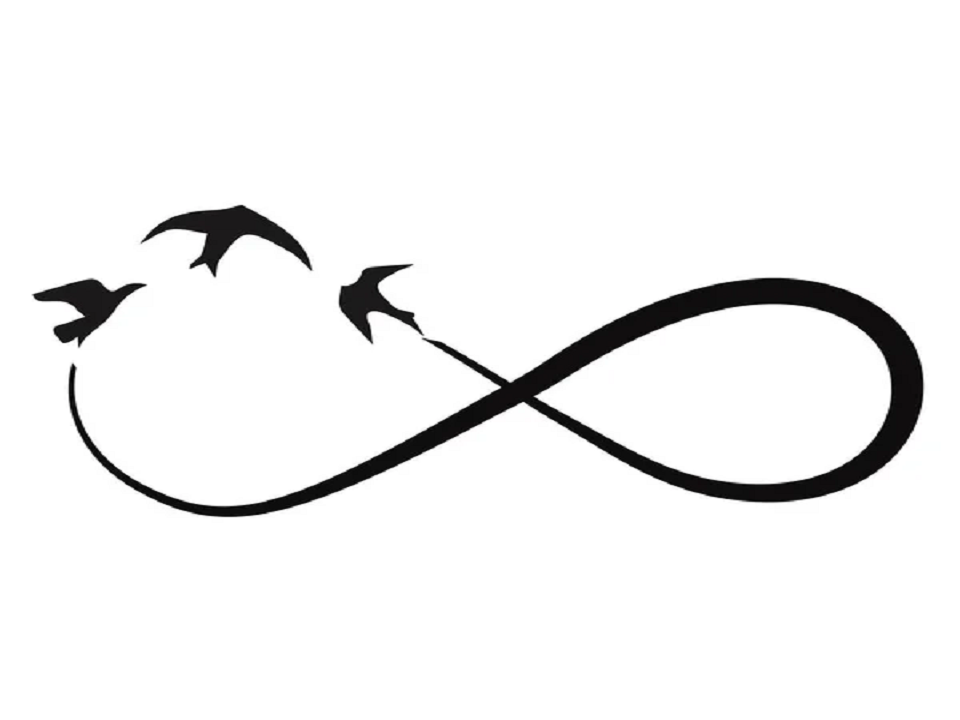In our previous blogcasts, we’ve discussed the core of our business – NOI, and how we increase it. Then, we covered how we magnify our returns with great financing (and why we avoid bad financing). Finally, we covered the art & the science of the refinance. You probably have the feeling that this is very, very good; but you may be wondering just how good? In this blogcast, we show you.
“Compound interest is the eighth wonder of the world.” – Albert Einstein (or so the story goes).
While historians debate whether this quote was, in fact, by Einstein, the power of compound interest is unquestionable. To understand why investing in value-add real estate deals in great locations (like Raven properties) is so advantageous, you need to understand how we create compound interest. So, let’s dive into it.
Let’s say you invest $100,000 into one of our deals, and it pays you 10% profit/year, and you get your investment back at the end of year 2 (which is our aim). From that point forward, let’s assume the deal pays you 4% (on your initial investment) annually until we sell (because profit sharing will shift once you’re de-risked); and when we sell, you profit another 60% of your initial investment. Let’s assume you leapfrog your money into a new deal each time it’s returned to you (assume 2-year cycles); and we sell deal #1 in 8 years. At that point, you’d have, from:
Deal 1: $20k profit from the first two years, $24k profit from the remaining six years, and $60k profit from the sale.
Deal 2: $20k profit from the first two years, and $16k profit from the remaining four years, $8k in anticipated future cash flow profit, and $60k in anticipated sale profit.
Deal 3: $20k profit from the first two years, $8k profit from the remaining two years, $16k in anticipated future cash flow profit, and $60k in anticipated sale profit.
Deal 4: $20k profit from the first two years, $24k in anticipated future cash flow profit, $60k in anticipated sale profit, and your full $100,000 initial investment back.
So, adding it all up, you’d have your full $100,000 back, $188,000 in accumulated profit, and $228,000 in anticipated future profit. Sounds like you should reinvest that $100k back into Deal 5 (and maybe some of your profit, too).
But what if you reinvested your earnings with each rollover into a new deal? Ok, we’ll do one more example… In the same 8-year time period, you’d have, from:
Deal 1: Investment of $100,000 at Month 0:
$8,000 of cash flow in years 7-8, and $60k profit on the sale (at the end of year 8). All profits from the first 6 years were rolled into future deals.
Deal 2: Investment of $120,000 at Month 24 ($20k profit + $100k return of capital from Deal 1):
$9,600 of cash flow in years 7-8, $9,600 anticipated profit on future cash flow, and $72k anticipated profit on the future sale. All profits from the first 4 years were rolled into future deals.
Deal 3: Investment of $152,000 at Month 48 ($120k returned from Deal 2 + $8k profit from Deal 1 and $24k profit from Deal 2 in years 3-4):
$12,160 of cash flow in years 7-8, $12,160 anticipated profit on future cash flow, and $91,200 anticipated profit on the future sale. All profits from the first 2 years were rolled into Deal 4.
Deal 4: Investment of $200,000 at Month 72 ($152k returned from Deal 3 + $8k profit from Deal 1, $9,600 profit from Deal 2, and $30,400 profit from Deal 3 in years 5-6):
$40,000 of cash flow in years 7-8, $48,000 anticipated profit on future cash flow, $120,000 anticipated profit on the future sale, and your $200,000 Deal 4 investment back.
This time, in total you’d have your initial $100,000 investment back, $229,760 of profit made in years 7-8, and $352,960 of anticipated future profits over the next 6 years; and that’s without reinvesting any of it again beyond this point. If you did reinvest, you’d make more; and if you rolled in additional capital from your W-2 or other source of income along the way, it gets downright scary. All that with just $100,000. Imagine if you had another $100,000 to invest in a deal in month 12, and that deal cycled at months 36 and 60…
Isn’t it beautiful how that compounds? Well, that’s exactly why we got into this business. We want to allow professionals to make a lot of money doing what they love, and trust us to multiply their investable cash. As you can see, the earlier an investor gets started, the better. So, like… give us a call.
1. Financial Disclaimer: The financial figures shown above are intended for illustrative purposes only to explain general real estate concepts and are not guaranteed by Raven Real Estate Acquisitions, or any of its affiliates. Real estate investing involves many risks, variables, and uncertainties. No representations or warranties are made that any investor will, or is likely to, attain the returns shown above since hypothetical or simulated performance is not an indicator or assurance of future results.
2. Investment Advice Disclaimer: This content is for informational purposes only. Raven Real Estate Acquisitions and its affiliates do not provide legal, tax, investment, financial, or other advice. All content presented is information of a general nature and does not address the circumstances of any particular individual or entity.
3. Investment Risk Disclaimer: There are risks associated with investing in real estate and securities in general. Investing involves risk of loss including loss of principal. Some high-risk investments which use leverage may accentuate gains and losses. Past investment performance is not a guarantee or predictor of future investment performance.

